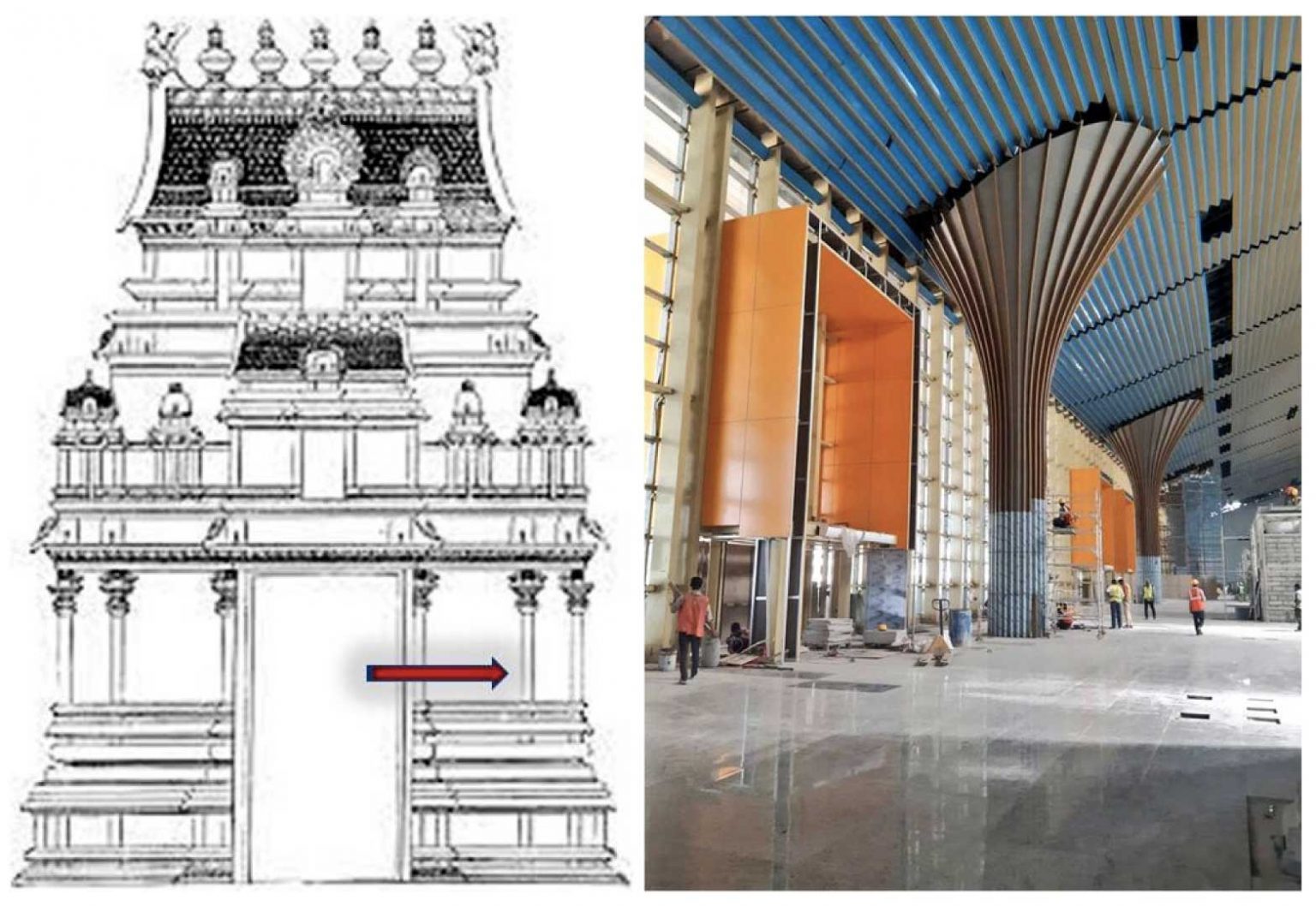CHENNAI AIRPORT TERMINAL 2
Chennai International Airport New Integrated Terminal Building(NITB)
The new terminal at Chennai Airport will open in two years: When the new terminal at Chennai airport is finished in two years, it will serve both domestic and international travellers. A TOI article said that the terminal is being built next to phase 1 of the integrated terminal (T2), which now handles international arrivals and departures, and on the site where the former international arrival facility stood. An Airports Authority of India official stated that the demolition work has been completed and that this month’s construction is planned to start after the contractor receives the site.

With a total area of about 60,000 square metres, the new terminal will be combined with the current T2 terminal to form a sizable integrated structure that can accommodate both domestic and international aircraft depending on demand. Two domestic terminals will be located on either side of the integrated terminal once it is completed.
Phase 2 development of T2 includes the construction of the new terminal. This phase will raise the integrated terminal’s overall area to 197,000 square metres and increase its annual passenger handling capacity from the present 25 million to 35 million. Depending on the needs, the terminal’s layout will be adaptable to suit both domestic and foreign travellers. When there is a surge in domestic passenger traffic, the new terminal may be used to route them, making everything run well for everyone.
International departures are currently handled at Terminal 4 (T4) and international arrivals at Terminal 3 (T3). T4 will be converted into a domestic terminal while T3 will be demolished to allow for NITB phase II works.
Phase II of modernisation is being undertaken with an estimated investment of Rs24.67bn ($300.8m). It includes the reconstruction of both the domestic and international terminals with airside facilities for integration with the NITB.
Every day, the city airport welcomes about 50,000 domestic travellers, and at busy times like weekends and holidays, there is frequently a spike in demand for domestic travel. Airlines, however, find it difficult to reserve slots for more frequencies. Airlines will be able to add more flights to their timetables because of the increased terminal space.
More aerobridges for boarding and disembarking will be included in the integrated terminal when it is finished, enabling airlines to plan more international flights. A passenger flow monitoring system, e-gates, self-baggage drop, and 3D boarding sensors are just a few of the amenities that it will have. To reduce the possibility of improperly handled luggage, specialised baggage scanners and sophisticated baggage handling systems are used.
The new terminal will have a dedicated baggage scanning system and state-of-the-art Baggage Handling System (BHS) to reduce the risk of mishandled luggage. Additionally, 100 new check-in counters, over 100 immigration counters, self-check-in kiosks, six baggage retrieval belts, 17 elevators, 17 escalators and six walkers will enhance the passenger experience.
Some of the components of baggage handling systems include:
- Check-in and self-bag drop systems
- X-ray screening
- Hold baggage screening
- Early baggage storage
- Bag transport and sortation systems
- Baggage unloading systems
- Baggage reclaim carousels
The flooring and false ceiling of the building feature Kolam pattern designs and the walls feature traditional murals and wall art that portray the local art and culture. The pillars and coloured columns feature stainless steel champagne bars and a gold finish.